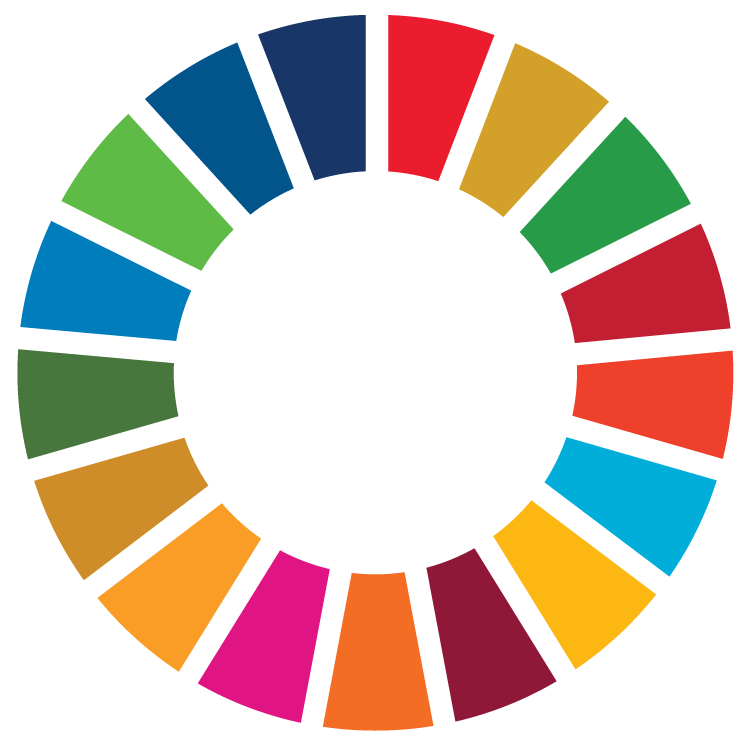Reporters: Mr. Sujinda Saehan, Mr. Ekkajak Intarat, Mr. Nitigon Jumniansuk, Mr. Thanet Sangseejun
Evidence Date: January – December 2024
Related SDGs: 
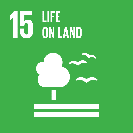
Related Indicators: 6.3.1, 6.3.2, 15.4.1
Details:
Rajamangala University of Technology Srivijaya (RUTS) has established a clear policy in compliance with the regulations of the Ministry of Natural Resources and Environment (B.E. 2548) to effectively manage, reduce, and separate wastewater generated from university buildings and canteens. To support this policy, the university has implemented a comprehensive on-site wastewater treatment system that combines both engineering solutions and biological methods to ensure sustainable and environmentally responsible water management.
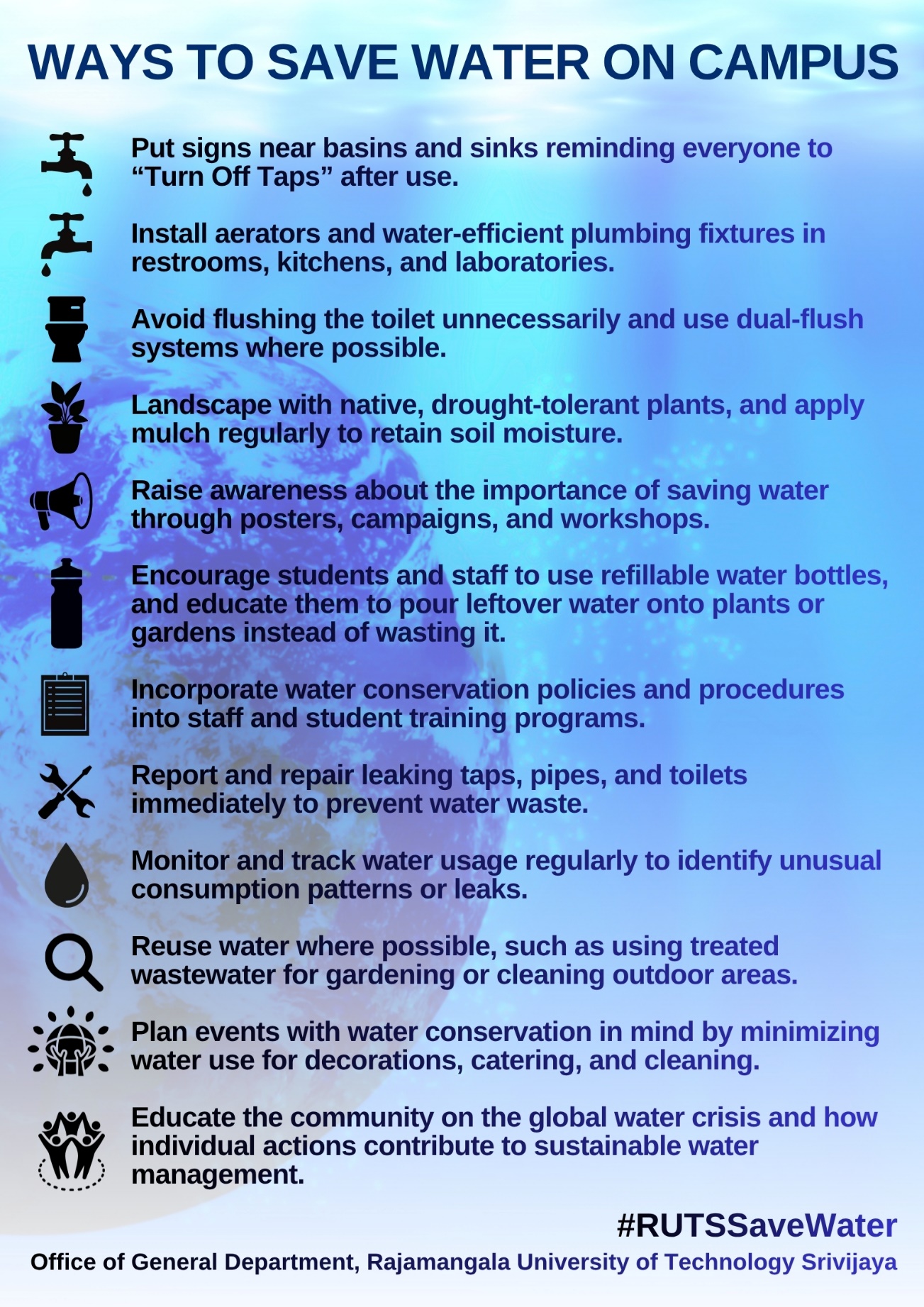
At the core of RUTS’s wastewater management strategy are wastewater treatment tanks, which serve as a practical and eco-friendly solution for treating wastewater on campus. These systems operate in conjunction with larger municipal facilities to handle the considerable volume of wastewater produced daily by students, staff, and university operations. The tanks collect and treat wastewater from various sources—including cafeterias, laboratories, and bathrooms—through a combination of aerobic and anaerobic processes, allowing them to efficiently treat different types of wastewater.
Following the initial treatment, the partially purified water flows into sedimentation tanks, where sludge and suspended solids are separated from the clearer water. A portion of the sludge is pumped back into the aeration tanks to maintain the biological concentration necessary for treatment, while the remaining treated water undergoes secondary purification in tanks located within each building. Finally, the water passes through natural soil filtration, which further removes impurities before it seeps into the groundwater, ensuring safe, clean, and sustainable discharge.
To complement the main treatment system, grease traps have been installed in all cafeterias and food preparation areas. These traps prevent fats, oils, and food residues from entering the drainage system. Wastewater that passes through the grease traps is directed to a large grease trap pond, divided into three sections to maximize the separation of solids and grease. This process helps maintain water quality, reduces maintenance needs, and protects the municipal sewer network from contamination.
To enhance the efficiency and sustainability of wastewater treatment, RUTS has introduced the use of biological microorganisms in the dishwashing area of the central cafeteria. In this process, beneficial microorganisms are mixed with water in experimental containers and then added to the wastewater system. These microorganisms help biologically decompose grease and organic matter that accumulate in drainage channels and treatment ponds.
The application of biological treatment agents offers multiple environmental and operational advantages. These microorganisms naturally restore the ecological balance of the water system, reduce unpleasant odors, and improve water clarity and quality without the use of harsh or toxic chemicals. This eco-friendly approach aligns with RUTS’s commitment to sustainability and ensures cleaner and safer wastewater discharge.
In addition to environmental benefits, the biological treatment method provides significant economic advantages. It helps prevent clogging and reduce sludge buildup, which in turn lowers maintenance frequency and operational costs. Because the process relies on natural biological activity, it minimizes the need for chemical treatments and energy-intensive equipment, making it a cost-effective and energy-efficient solution for the university.
These wastewater management initiatives also serve as a valuable educational and research resource. Students gain hands-on experience in areas such as wastewater treatment design, operation, maintenance, water quality monitoring, and environmental impact assessment. This integration of practical learning with sustainable operations strengthens RUTS’s mission to promote sustainability-focused education and environmental awareness.
Regular maintenance and monitoring are conducted every six months to ensure the system operates effectively and safely. Given the high wastewater volume and the presence of laboratory effluents, chemical waste is managed separately to prevent system damage and to comply with environmental standards. With proper design, maintenance, and supervision, RUTS’s wastewater treatment system exemplifies a sustainable, responsible, and educational model of wastewater management in higher education.
Through the integration of engineering systems and biological processes, Rajamangala University of Technology Srivijaya demonstrates a strong and ongoing commitment to environmental protection, resource conservation, and community engagement. The university’s wastewater management program not only enhances operational sustainability but also serves as a model of eco-innovation and sustainable development within Thailand’s higher education sector.
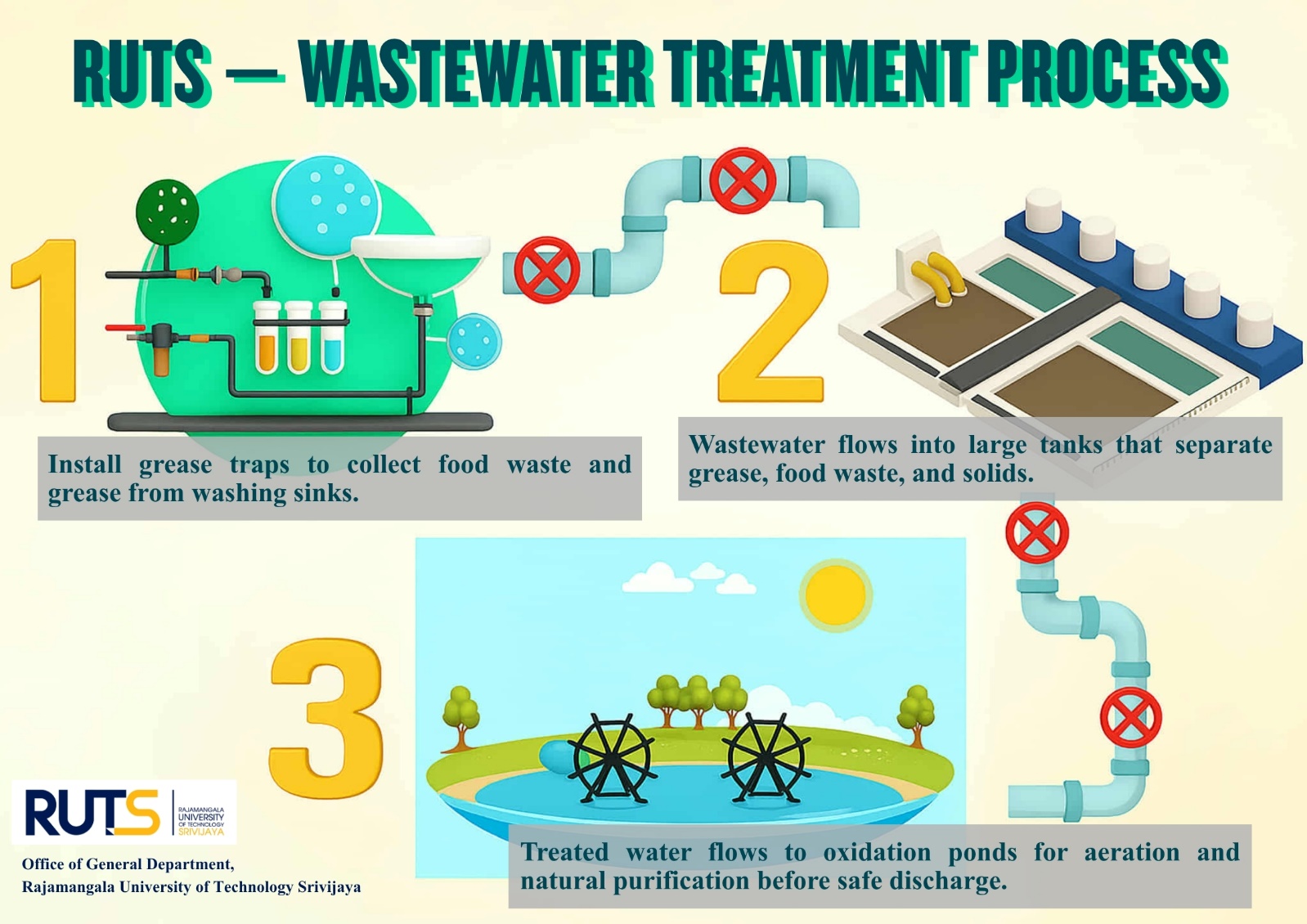

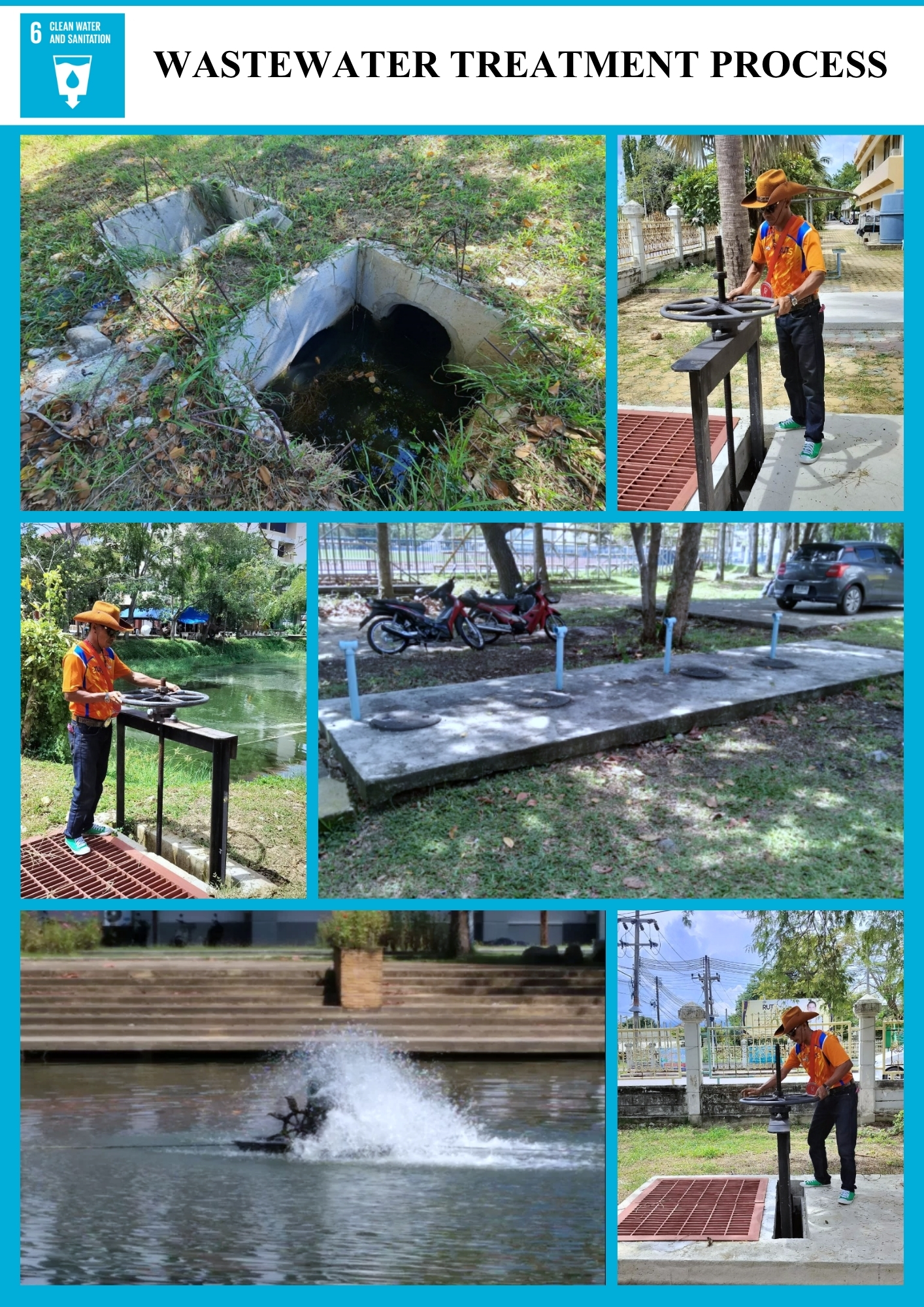
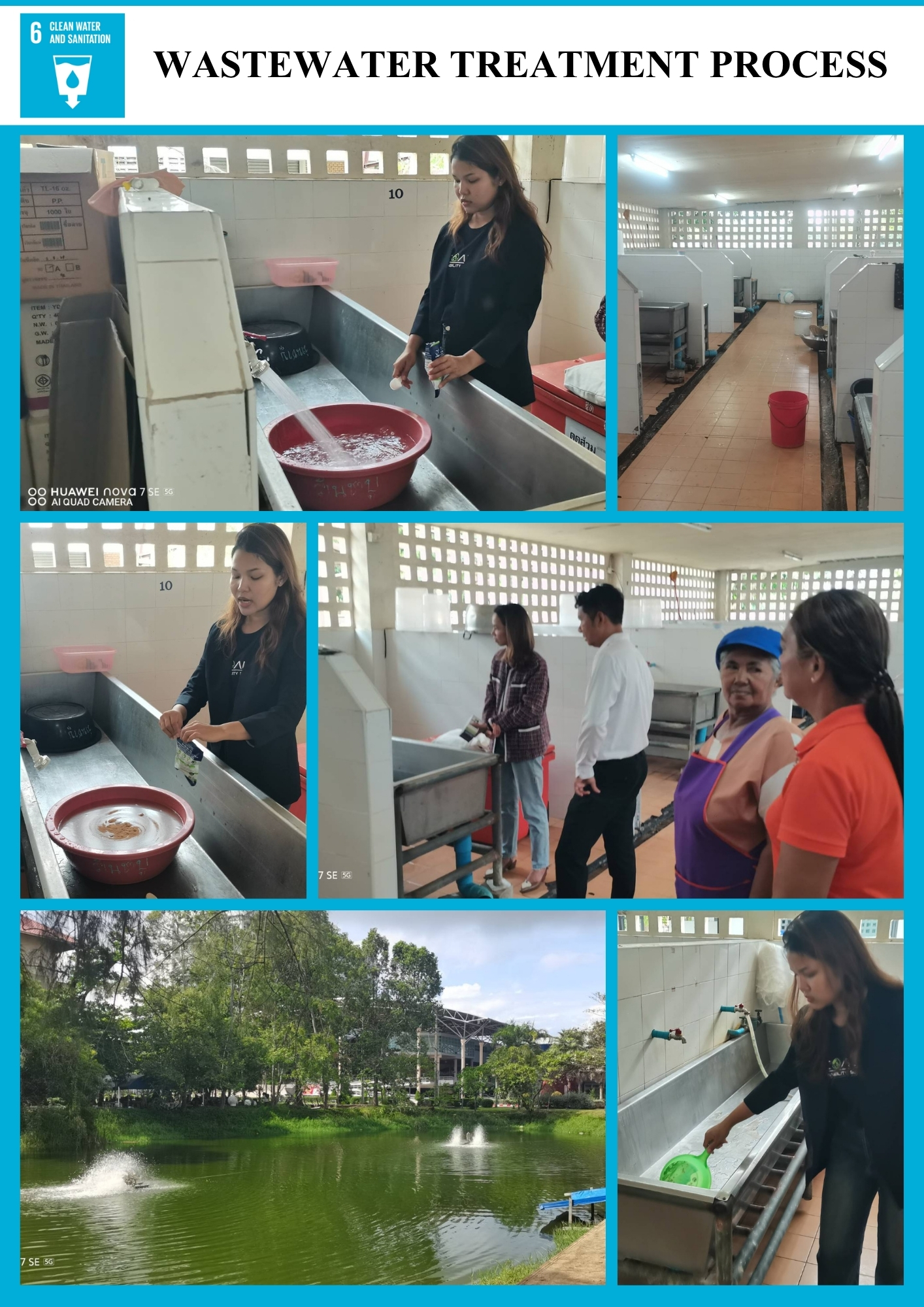
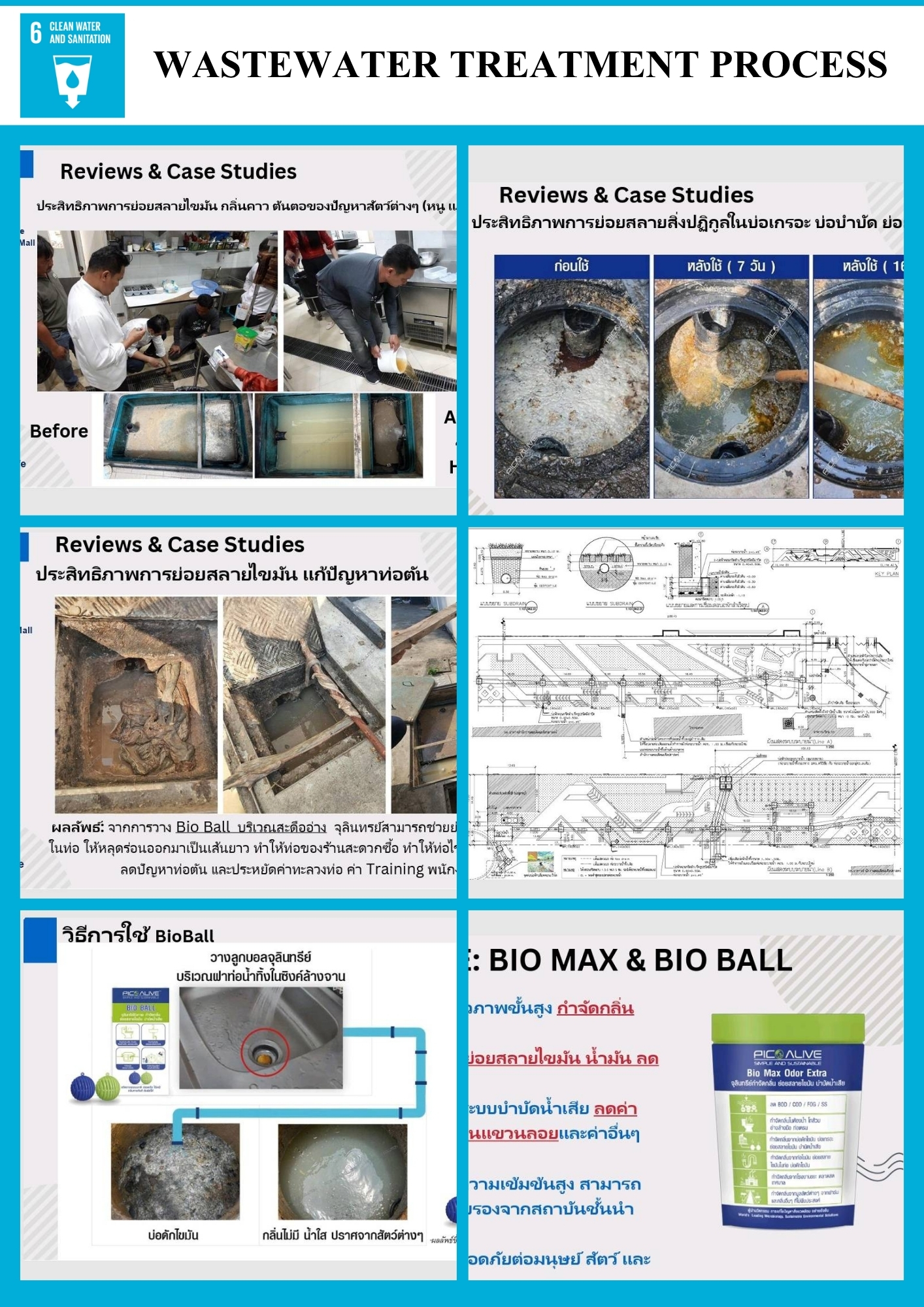

Related Links:
